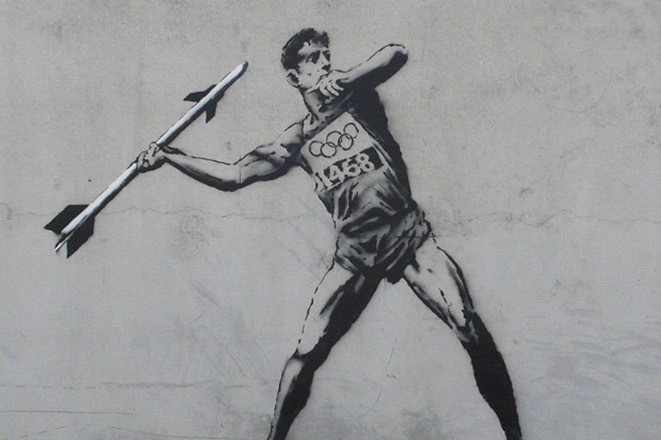Various forms of sport and artistic expression are essential parts of street life, so it’s no surprise to see sport represented in street art. It doesn’t show only everyday sport but also reacts to large sporting events taking place at the given time or place. They are, however, not always depicted in a positive light as artists often critique sport’s commercial side. Since athletes also count among contemporary celebrities, even they become topics for street artists.
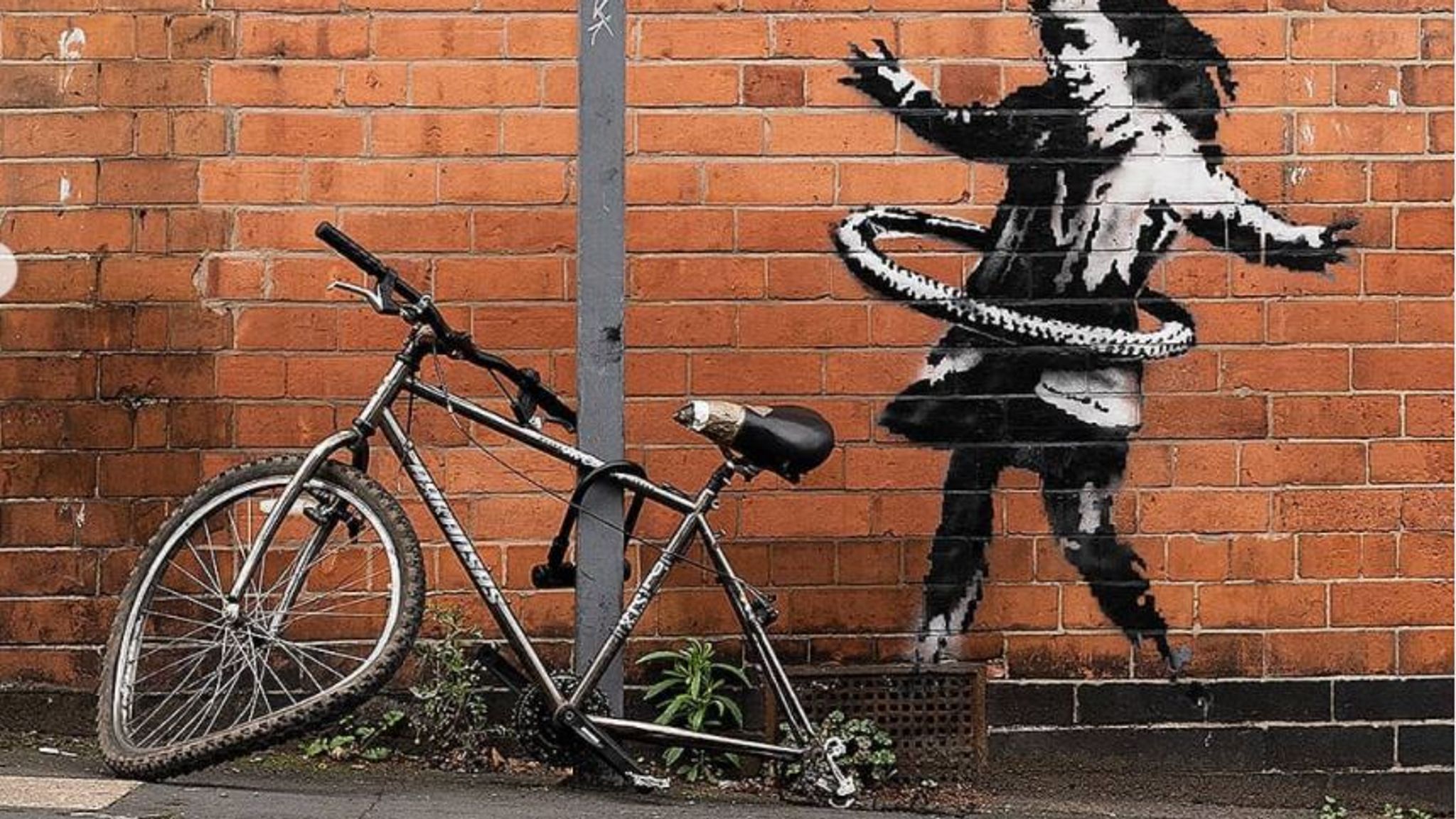
The Jumper, the 2013 graffiti piece by the anonymous Norwegian artist DOT DOT DOT in Los Angeles, California, serves as proof that sometimes even the street finds inspiration in sport. The athlete is pictured jumping over a hurdle which is replaced by a roadside barrier typical for the urban environment. Sport is a universal theme running across street art from amateur creators to famous names, after all, Keith Haring's iconic figures also play football and basketball.
Even Banksy was inspired by sport from the street
Sport as a part of street life is also captured by the world’s currently most famous street artist Banksy. Children’s games and sport played on the street is portrayed, for example, in the Hula Hooping Girl piece in Nottingham. The girl is seen hula hooping a bicycle tire and the author even locked a bike missing a tire to a nearby post. Even though somebody eventually stole the bicycle, the girl, as well as many other artworks by Banksy, became a popular point of interest in the area.
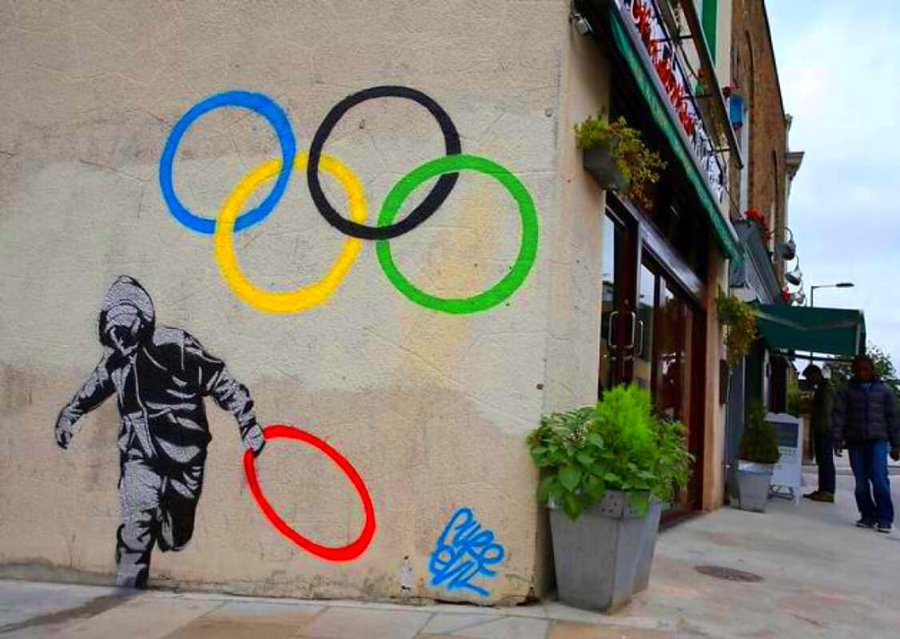
Banks doesn’t shy away from calling out the commercial side of the sports industry, especially during major events such as the Olympic games in London. As a reaction to the Olympics, he created two murals depicting athletes in completely different contexts. While the pole jumper vaults a barbed-wire fence, the javelin thrower aims a missile instead of the traditional equipment.
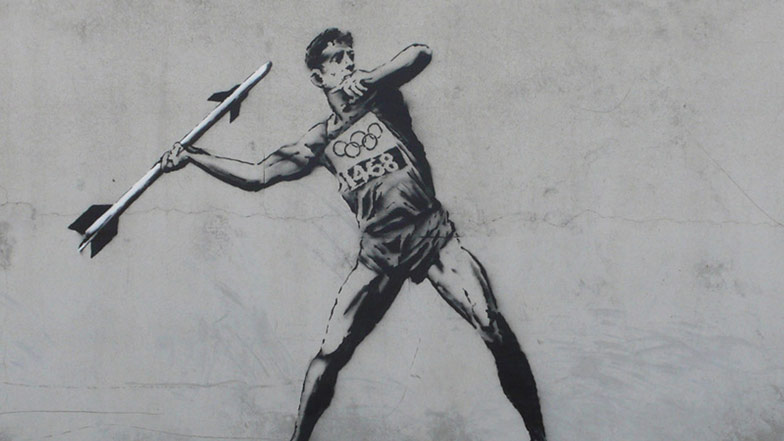
Critiquing major sporting events, from London to Brazil
Charles Uzzell Edwards, known as Pure Evil, has also taken a stance against the Olympics. In Broadway Market in London, he depicted a boy running away with one of the Olympic rings he had just stolen.
The 2014 Football World Cup championship in Brazil also received a mixed response with street walls showing both celebratory imagery of players of the national team as well as more sombre pieces pointing to the fact that the excitement surrounding the sport obscures the country’s social issues and inequalities. For example, one of these images shows a businessman in a suit and a football player kicking a bag full of money.

When Atlanta hosted the Super Bowl, the city decided to use the event as a platform for its street art scene. About 30 murals were created around the city as part of an exhibition titled Off the Wall: Atlanta’s Civil Rights and Social Justice Journey.
Although the exhibit was tied to the sporting event it simultaneously aimed to draw attention to social issues faced by disadvantaged communities.
A street tribute to football and basketball players
In 2015, San Francisco basketball fans experienced a similar excitement when the local team qualified for the NBA finals. The local street-art scene which is closely connected to the Golden State Warriors fanbase has decided to hold tribute to the legendary player Stephen Curry. His image has been captured by artists from the Illuminaries collective.
Images of individual athletic stars are another big theme for street art, especially when it comes to their birthplace or city of residence. This phenomenon appears across sports disciplines from the aforementioned basketball to those less famous but still massively popular in certain countries, like rugby or cricket in Australia to the globally adored football.
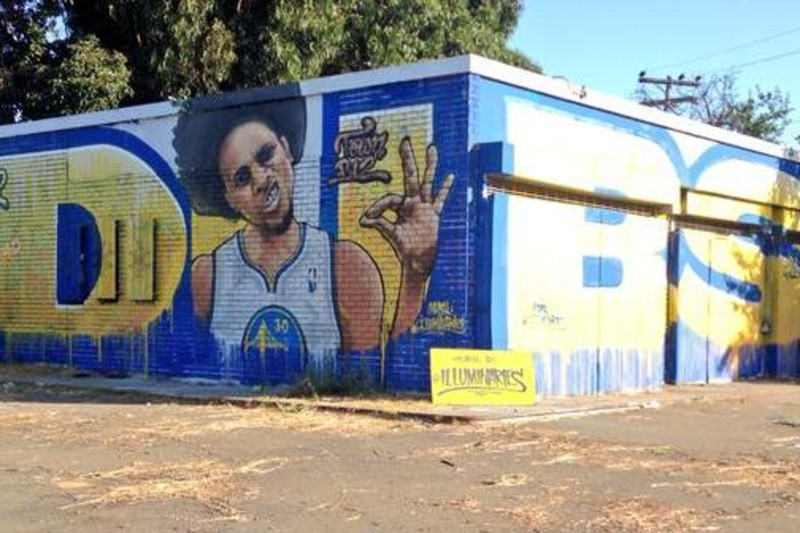
When the AS Roma captain Francesco Totti ended his football career in 2017, several murals dedicated to him appeared around the city. One of the most significant is a mural in Porta Metronia where the footballer was from. In Vicolo Savelli street there is another image of Totti, this time as a Franciscan monk. The Italians love football and so it is no surprise that the country is full of images of footballers. Jorit Agoch created an image of Diego Maradona in Naples where the famous Argentinian spent the height of his career.
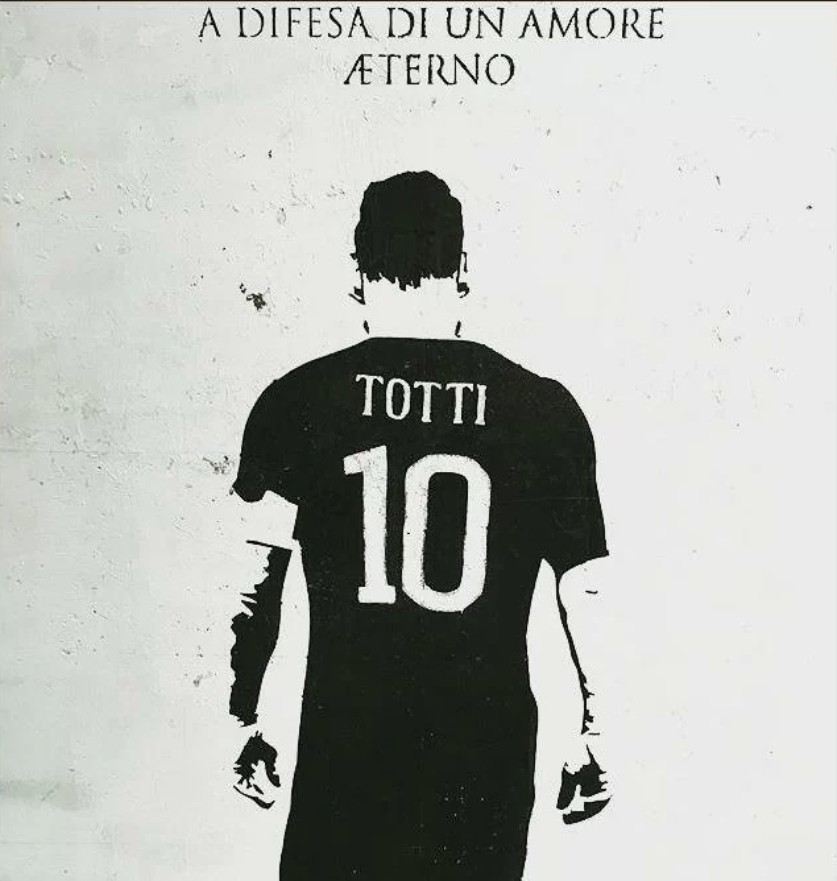
Maradona has not been forgotten even in his home country. He is depicted in Buenos Aires along with Lionel Messi and other players in a large ceiling fresco resembling Michelangelo’s Creation of Adam. And because Latin-Americans love football as much as Italians, we can find portraits of famous players all across the continent. Another example is Gabriel Jesus in his birthplace, São Paulo.
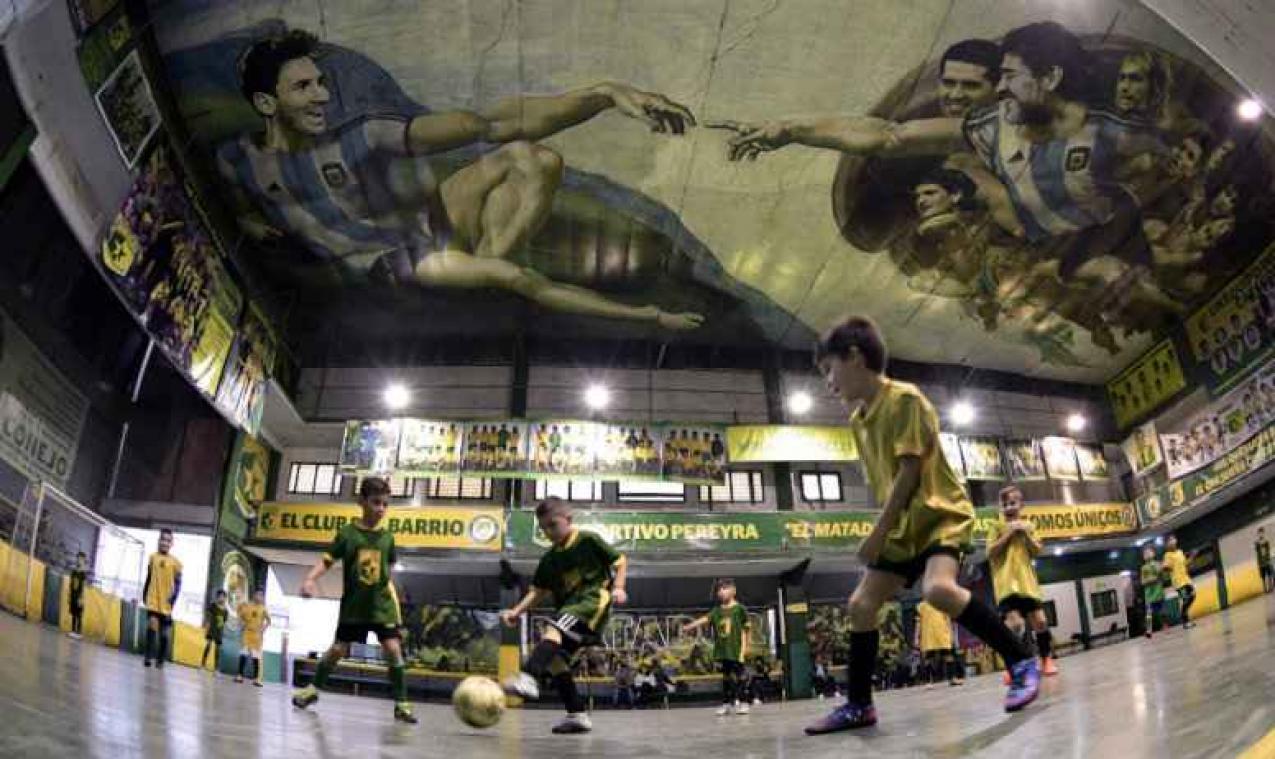
In Manchester in the United Kingdom, another country of football fans, a street artist Aks P19 depicted the football player Marcus Rashforda who is not just an athlete but also actively fights for the rights of children from poor backgrounds. The English company Murwalls focuses on portraits of athletes on walls of houses or even stadiums. „Murals are the new statues,“ says the company director Marc Silver. The last image we want to mention from the plethora of paintings of football players is also in the UK. The artwork in Leeds isn’t dedicated to a player, though, but to the manager Marcelo Bielsa who was behind the club’s return to the Premier League in 2020.

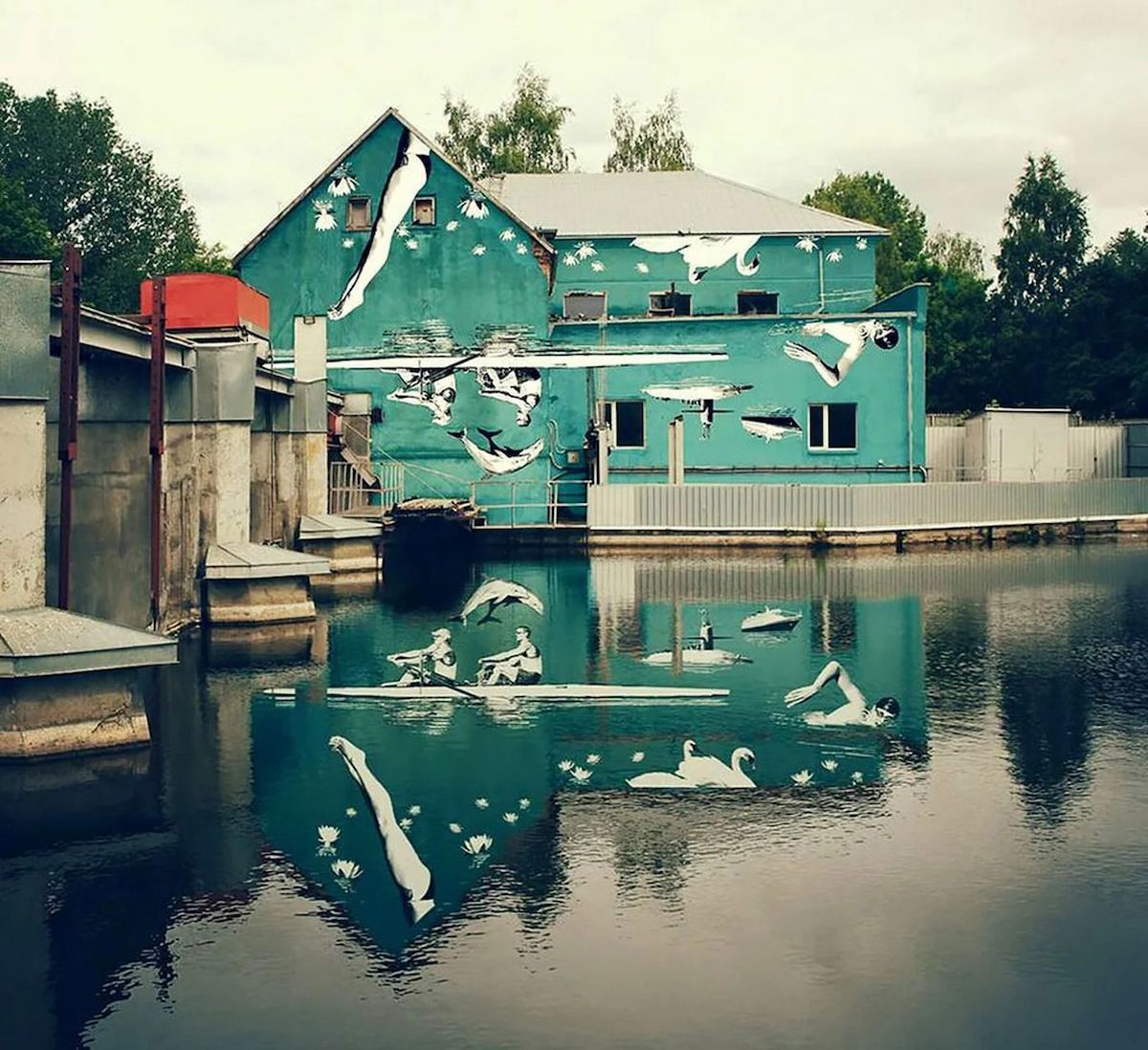
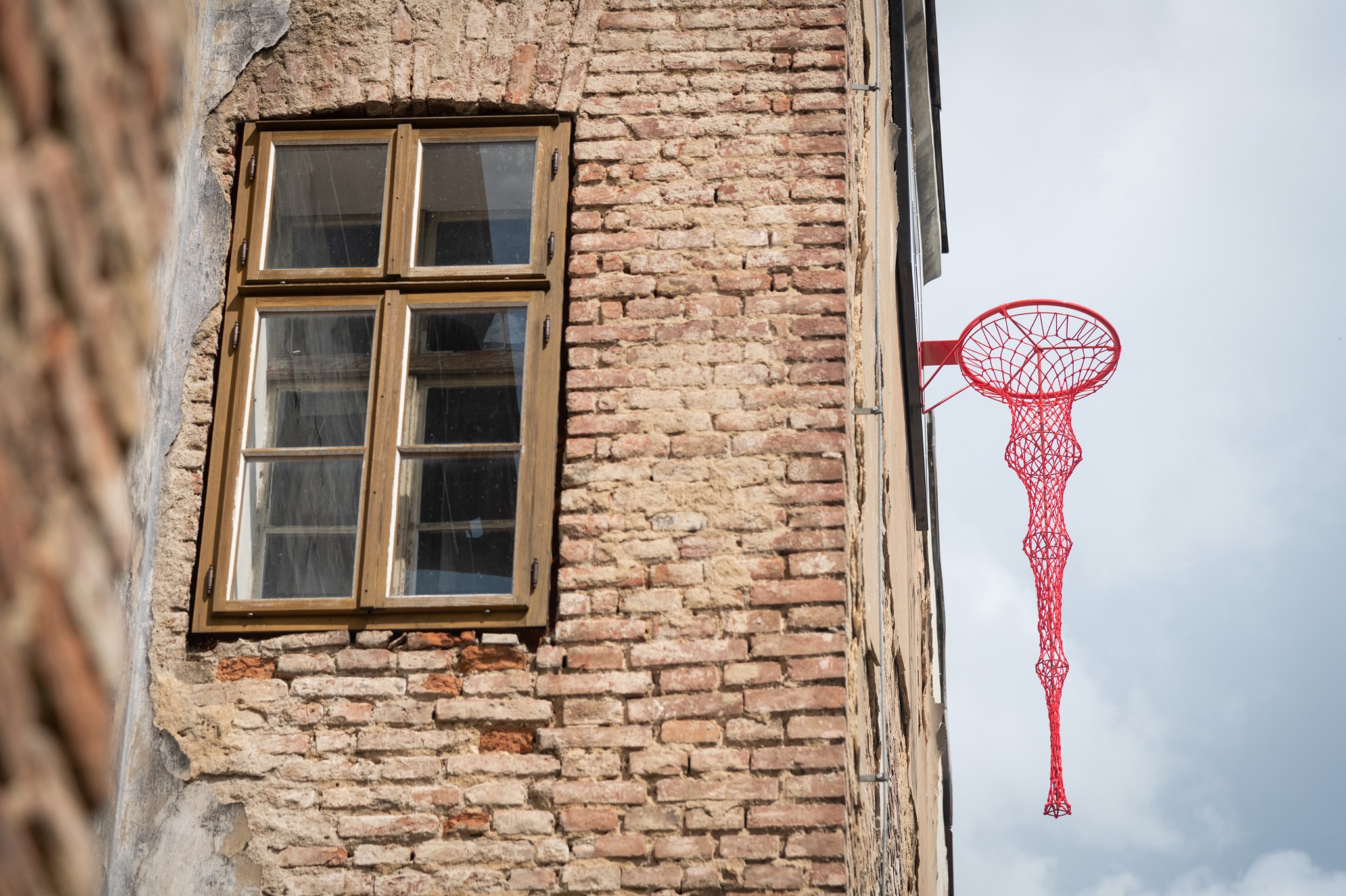
%20(1).jpg)
CLICK HERE to read more about David Mazanec’s mural.
